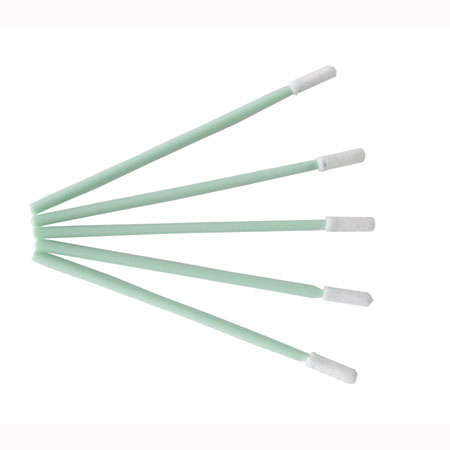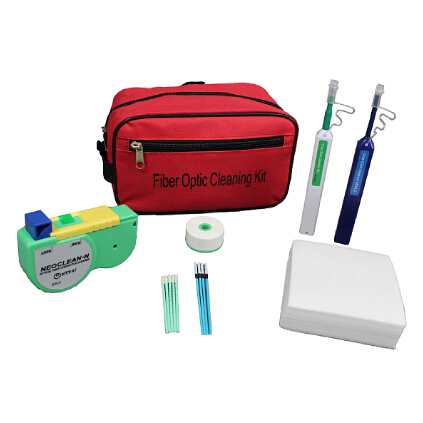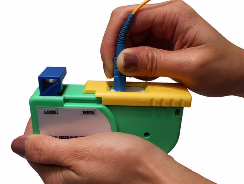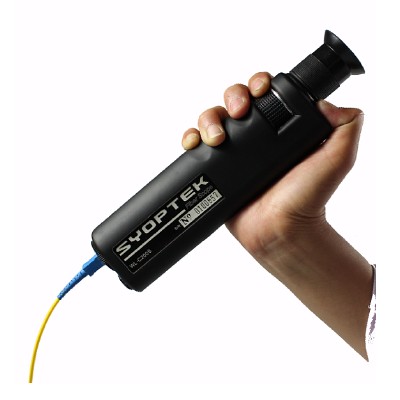Almost everyone supplying transceivers for fronthaul applications now knows that 2014 was a fantastic year, and that 2015 is a little soft in comparison. In spite of this, the investigators are predicting that the fronthaul optics market will resume growth in 2016, and reach over $1 billion in sales by the year 2020.
How can they be so sure?
First, because the market softness in 2015 is temporary. China Mobile deployed an astonishing 733,000 LTE basestations in 2014, but will only install 100,000 or so this year, partly due to a politically driven reorganization. China Telecom and China Unicom have ramped up LTE deployment now, but it’s not enough to offset the decline in China Mobile’s consumption. However, the LTE tide is still rising around the world and we believe initial deployments and capacity upgrades will increase demand for fronthaul transceivers steadily from now through 2020.
Second, the analysis of recent data on mobile traffic growth.
 Figure 1 – Network traffic growth rates
Figure 1 – Network traffic growth rates
Figure 1 shows the Internet traffic growth overall, global mobile data traffic, and mobile traffic growth in China. The global mobile traffic is a composite of Cisco VNI and Ericsson Mobility Report data, while the data for China comes from the Chinese Ministry of Industry and Information Technology.
The traffic growth data shows just how dramatic the shift to mobile networks has been in the smartphone era, with mobile traffic growing at rates 20-25 points higher than overall Internet traffic. And the data from China is even more dramatic, showing a jump in traffic growth in 2015, following deployment of LTE by China Mobile the year before. Over the next five years the growth estimates range from 60% to 40% per year, meaning that mobile networks will have to carry seven times more traffic in 2020 than in 2015. And estimates of mobile data traffic growth have been increasing: Ericsson raised its estimated CAGR from 45% to 55% between its 2014 and 2015 Mobility Reports.
The investigator also use the traffic data to do a ‘sanity check’ on their forecast.
First they calculate the total cumulative bandwidth implied by our fronthaul forecast, and then they calculate the associated growth rates, and compare them to the traffic growth rates, as shown in Figure 2. You can see that our forecast growth rates for fronthaul bandwidth are lower than the traffic growth rates, and this is despite the fact that they are predicting significant use of 25G modules for fronthaul starting in 2018. So if anything, we feel our forecast is conservative.
 Figure 2 – Fronthaul bandwidth vs. mobile traffic growth rates
Figure 2 – Fronthaul bandwidth vs. mobile traffic growth rates
SYOPTEK has highly efficient production and international quality control system, hold strong R&D capability and first-class manufacturing process/test equipments, our passive optical components product line includes WDM, CWDM, DWDM, FWDM, optical isolator, optical circulator, in-line VOA, polarization maintaining optical products and connectors.







